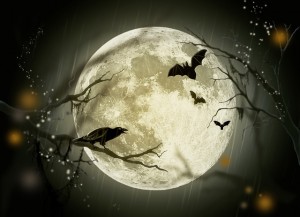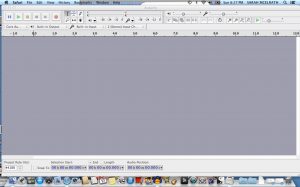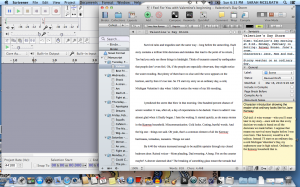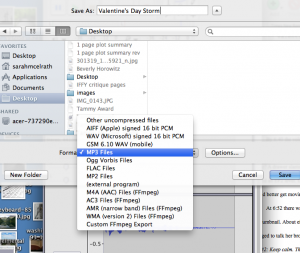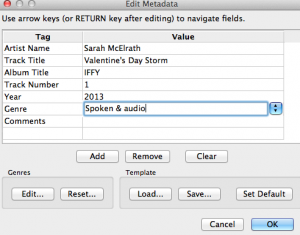In Terry Pratchett’s book, Wintersmith, it talks about how witches meet in order to keep an
eye on each other–to make sure they aren’t starting to cackle, as it were. That was the purpose of covens.
“‘Cackling’ to a witch didn’t just mean nasty laughter. It meant your mind drifting away from its anchor. It meant you losing your grip. It meant loneliness and hard work and responsibility and other people’s problems driving you crazy a little bit at a time, each bit so small that you’d hardly notice it, until you thought it was normal to stop working and wear a kettle on your head. It meant you thinking that the fact you knew more than anyone else in your village made you better than them. It meant thinking that right and wrong were negotiable. And, in the end, it meant you ‘going to the dark’ as the witches said. That was a bad road. At the end of the road were poisoned spinning wheels and gingerbread cottages. What stopped this was the habit of visiting. Partly because witches love gossip, especially if it’s more exciting than truthful. But mostly it was to keep an eye on one another.” (Wintersmith, pg. 19-20)
I’m thinking maybe writers should have covens too. I mean, think about it. Solitary profession that involves making stuff up–seems ripe for cackling, don’t you think? Mind drifting from its anchor, loneliness, hard work, other people’s problems — dang, that’s writers! How long does it take before your characters start telling you what to say and do? How long before you start arguing with your characters? Yup, I see some of you nodding your head. You know what I’m talking about. You need a coven–code name, writing group. Do not delay. Do not pass go. FInd yourself a writing group as soon as possible.
If you still don’t believe me (or Terry Pratchett), you should check out some movies about
or with writers in them. They seem to fall pretty much into 2 categories–inspiration (as in, it will be a long hard slog so don’t give up) or warning (that’s the cackling part).
Maybe these movies should be required viewing for anyone considering becoming a writer. You know, as a sort of “look what could happen to you if you follow this path.” They can also serve in lieu of a cov–I mean, writing group. If you start to see yourself in any of these movies, maybe you need to take a break from writing, and, you know, go to the beach or grocery store or a therapy appointment or something.
Christina Katz has a list of 260 movies about writers and the writing life. Check it out here.
Here’s Geekweek’s list of the 20 greatest movies about writers.
IMDb has a list of movies about writers–I like that it gives a brief synopsis–and another list that includes writers and writing.
And then there is Wikipedia’s page with 140 films about writers. Again, I like that it gives descriptions.
So how many of these movies have you watched? Recognize yourself? Does that worry you–or should I say, should that worry you?

